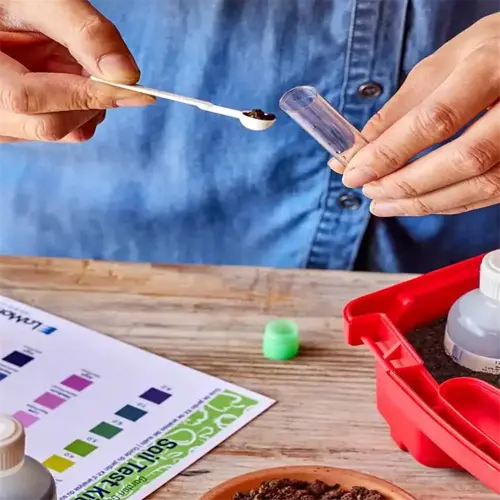What precautions prevent disease spread?

Written by
Julia Anderson
Reviewed by
Prof. Martin Thorne, Ph.D.To *prevent the spread of plant disease,* it will be beneficial to implement strict practices of sanitation. Just last year, I traced a client's entire greenhouse infection back to unsterilized pruning shears. This issue spread fungus to 90% of their roses within only a couple of weeks. The health and well-being of your garden must adopt these protocols without exception.
Tool Sterilization
- 70% alcohol: Wipe blades between plants (kills 99.9% pathogens)
- Flame sterilization: Pass shears through fire for woody plants
- Bleach soak: 10% solution for 30 minutes after viral exposures
Plant Quarantine
- 2-week isolation: Monitor new arrivals for hidden pests/diseases
- Separate tools: Dedicated gloves/pots for quarantine zone
- Inspect daily: Check leaf undersides and stem joints
Debris Management
- Burn infected material: Destroys persistent fungal spores
- Deep burial: 18+ inches to prevent pathogen resurfacing
- Compost carefully: Only disease-free debris under 140°F/60°C
Crop rotation can sufficiently break disease cycles. I have crop-rotated a 3-year tomato/bean/lettuce rotation in my community garden that broke the fusarium wilt cycle. Never replant a crop of the same family within 4 feet of the original sites. Have records of your rotations digitally. I use a free app to keep a solid record of the planting histories.
Isolation Chamber Setup
- Location: 20+ feet from main garden
- Barriers: Plastic sheeting floor to ceiling
- Duration: Minimum 14 symptom-free days
Read the full article: Identify Plant Diseases: Detection & Control Guide

